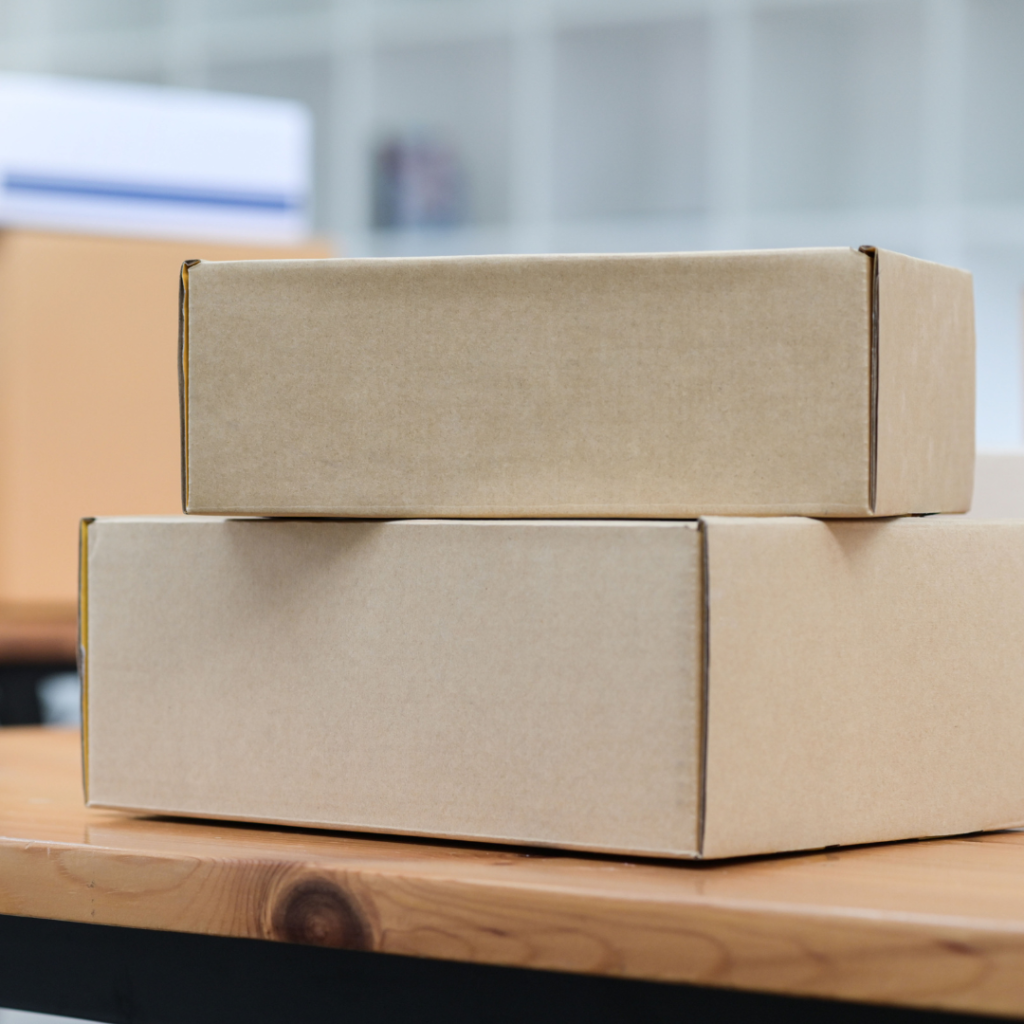When shipping products, the box you choose plays a pivotal role in ensuring your items arrive safely and cost-effectively.
Beyond just the size, factors like material quality and the internal and external dimensions are key.
Sturdy packaging protects your goods from external influences, maintaining their quality and boosting client satisfaction.
Let’s delve into the critical considerations for selecting the right-sized shipping boxes.

